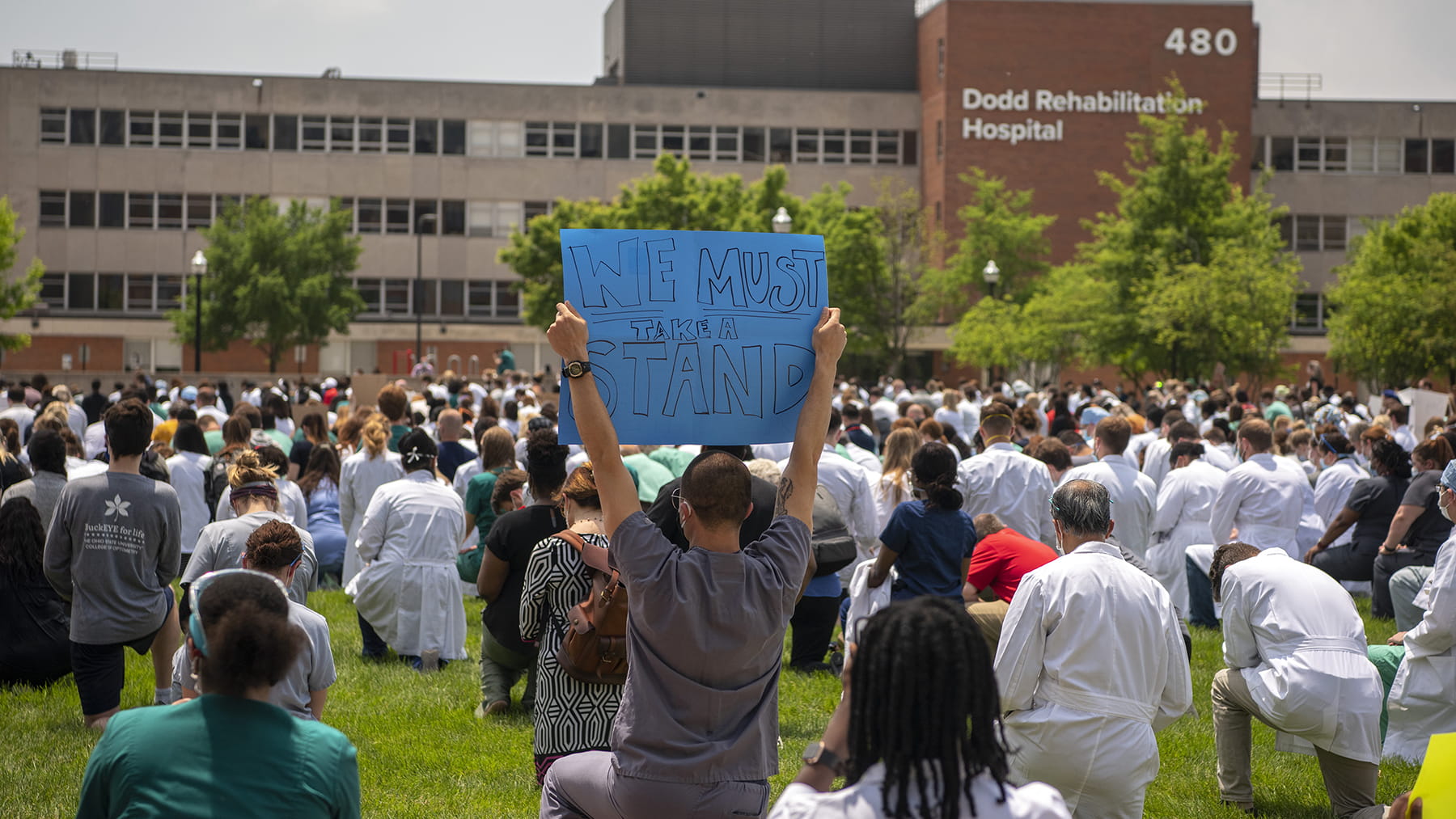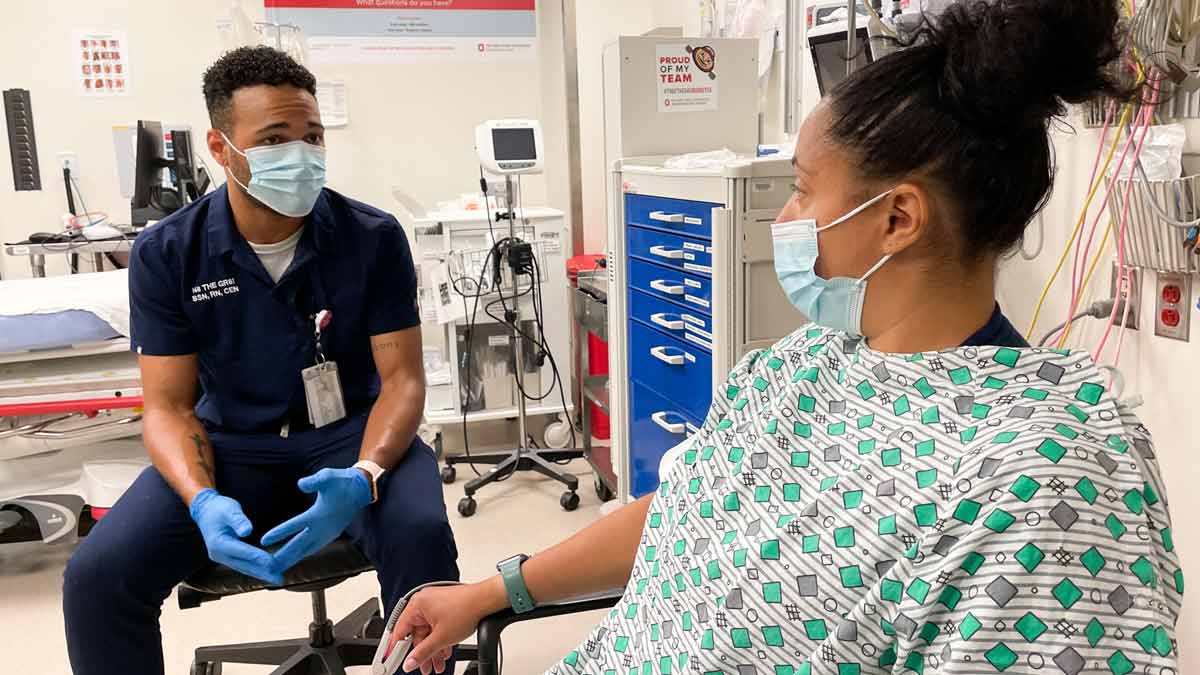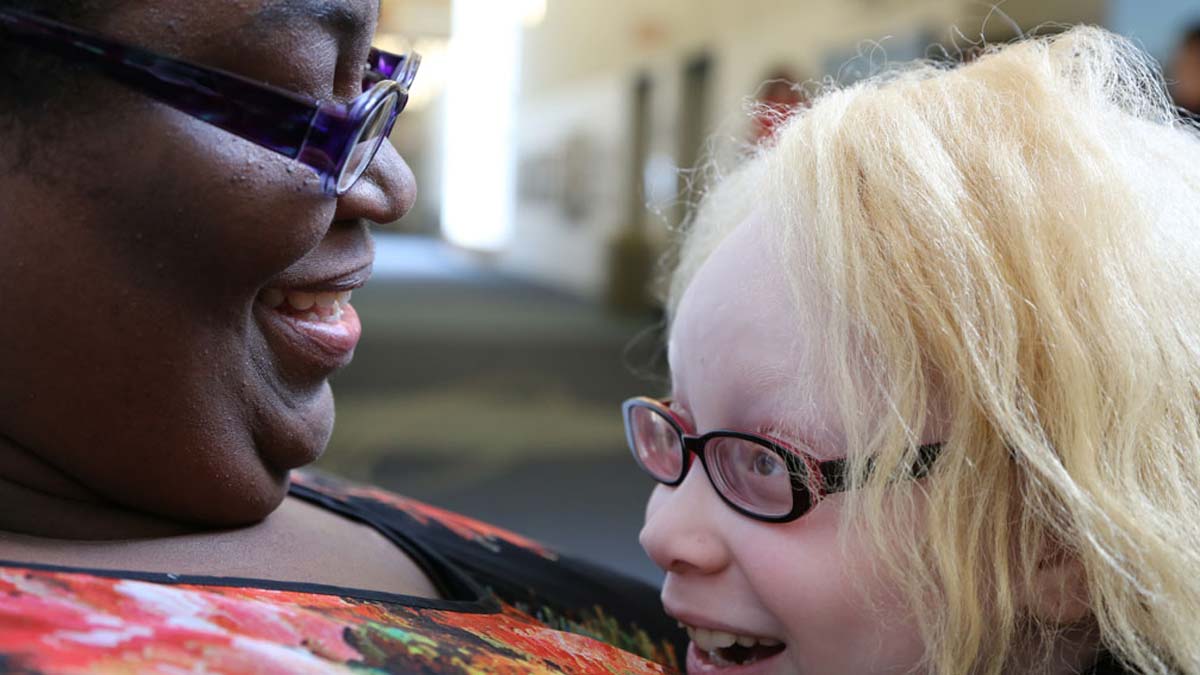How racism is a structural and social determinant of health

As a physician, I know that there are some aspects of an individual’s health and well-being that can’t be controlled by health care alone.
Scientific evidence shows that significant disparities in health and in health care are based on socioeconomic factors of an individual’s life.
We call these factors — the conditions in which people are born, grow, live, work and age — the “social determinants of health.” They account for as much as 80% of a person’s health outcomes.
Some of the social determinants of health include:
- Access to healthy foods
- Neighborhood safety
- Housing stability
- Income level
- Education quality
- Transportation availability
We also know that race and ethnicity play a significant role in understanding the distribution of someone’s social determinants of health, or someone’s “social determination of health.” And while, in many circumstances, race and ethnicity may be predictive of someone’s social determinants of health, it’s important to understand that race is a social construct — it has no biologic basis in determining this distribution.
Racism itself as a social determinant
It’s racism, not race, that’s a primary driver of those social determinants of health. It drives the inequities in housing, income and education, especially among communities of color. In many ways, it’s not just one of the social determinants — it’s the underlying structural determinant that sets the stage for all other social determinants. Racism plays a fundamental role in someone’s social determination of health.
Systemic, or structural, racism can manifest itself as legislative policies, hiring practices, unequal resource allocation and other unequitable practices that limit access to quality education, safe neighborhoods, employment and other opportunities for some communities simply because of their race or ethnic background.
Health care institutions have a responsibility to recognize, understand and correct these injustices in order to support the creation of sustainable and healthy communities. The Ohio State Wexner Medical Center as an institution has joined many other organizations across Columbus and the United States. in recognizing racism as a social determinant of health and a public health crisis.
Academic health centers, which train the health care providers of the future, have an especially important role to play here as we know that systemic racism manifests in both undergraduate and graduate health professional education.
From outdated training models and curriculum to biased admissions practices, systemic racism has played a fundamental role in minority communities’ underrepresentation in the health professional workforce. For instance, according to information from the American Academy of Medical Colleges (AAMC), while the Black community makes up 13% of the U.S. population, only 5% of physicians identify as Black.
How we know racism affects health
Credible, peer-reviewed research has long shown that there’s a clear relationship between racism and mental and physical health outcomes.
A 2015 review of hundreds of studies between 1983 and 2013 confirmed that racism is consistently associated with increased mental health conditions like depression, anxiety and psychological stress. It also shows evidence that racism contributes to poor physical health outcomes. Racism also plays a fundamental role in the social determinants of health that medical research links with worse health outcomes among populations.
Interpersonal racism, or the discrimination inflicted on an individual scale, affects health and economic opportunities for minoritized racial groups by reinforcing negative stereotypes, fostering psychological damage and/or affecting health through direct physical violence.
These patterns of poorer health outcomes show up in minoritized racial groups due to structural and interpersonal racism. We see poorer health outcomes in these populations when it comes to cardiovascular disease, infant mortality and preterm birth, diabetes, hypertension and obesity, among other medical conditions. For instance, here in Ohio, while there have been overall decreases in infant mortality from 2009 to 2018, the rates for Black infants statewide have not changed. Black infants die at rates 2.5-3 times higher than white infants.
Again, race is a social construct, so there’s no biologic basis for these health disparities. Racism is the fundamental driver of these health inequities.
What we can do
Correcting disparities caused by the social determinants of health, including racism, has no simple solution. It requires each of us to seek to personally understand our own racist beliefs and implicit biases and do the hard work of changing. It requires fundamental changes in policy at the local, state and federal level, while also requiring public and private institutions to change many of their operating procedures.
This work requires resources and steadfast advocacy in order to fundamentally change systems that have been in place for centuries to create the racial injustice that we see today.
More on how to begin:
- “Making Anti-Racism A Core Value in Medicine,” published in Health Affairs in August 2020, by the Ohio State Wexner Medical Center’s Nwando Olayiwola, MD; Joshua Joseph, MD; Autumn Glover; Harold L. Paz, MD; and Darrell Gray II, MD
- Anti-racism initiatives at the Ohio State Wexner Medical Center
- The Ohio State Wexner Medical Center Diversity Council’s 21-Day Anti-Racism Challenge (PDF)
- Association of American Medical Colleges: “Addressing and Eliminating Racism at the AAMC and Beyond”
- AAMC on Racism and Health
- Structural Racism Resources from the Beyond Flexner Alliance, focused on health equity and training health professionals as agents of more equitable health care
Mark Rastetter is a family medicine physician at The Ohio State University Wexner Medical Center, vice chair of Community Health for Ohio State’s Department of Family and Community Medicine, and associate program director of The Ohio State University Family Medicine Residency Program.




